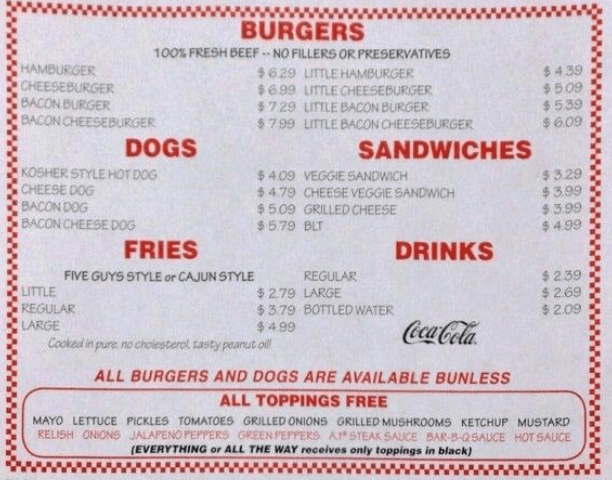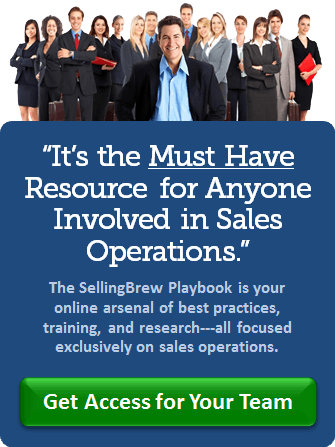The Five Guys hamburger chain likes to boast that there are 250,000 different items you can order from their menu. If you had never eaten there before and you read a claim like that, you might think that their menu is at least 100 pages long.
Nope.
The entire Five Guys menu fits on a pretty small piece of cardboard on the wall behind the counter. And if you print the menu out on a piece of paper, it doesn’t even take up a whole page.
How is it possible to fit 250,000 different items on less than a page?
The menu options are pretty basic, but five guys offers a long list of free toppings. You can customize your burger or sandwich or hot dog however you like it. And they have freestyle Coke machines that allow you to mix or match beverage flavors however you like as well. The actual menu looks like this:

So now that you’re hungry, why did we spend all this time talking about a burger menu?
We talk a lot about sales segmentation, and we tell people that the more granular your segments are, the more effective your segmentation will be.
But if you start thinking about having hundreds or thousands of different segments, it’s pretty easy to feel overwhelmed. How could you possibly keep track of so many different segments?
It’s a lot easier if you think about organizing your segments more like the way that Five Guys organizes its menu. Instead of thousands of different individual segments, think of your segments as different possible combinations of options.
Start by identifying the different dimensions that will matter for your model. Those dimensions need to be different depending on what type of model you are making. For example, you might have segmentation models for
- Pipeline performance — identifying opportunities where close rates and cycle times will be similar.
- Prospect Targeting — examining current customers to figure out what attributes make the best, most profitable customers so you can then look for new prospects that fit that mold.
- Cross- and Up-sell Opportunities — looking at the product mix that your current customers buy and then use that segmentation to identify opportunities for account and wallet-share expansion.
While you may have some overlap, each of these kinds of models needs slightly different categories. It’s really important that you don’t just re-purpose a model created for some other purpose. Your sales territories or basic industry classifications aren’t going to provide the kind of granularity you need.
But once you have the basic categories, you can see how different customers fit into the various buckets. In the same way that Five Guys might sell a cheese dog with relish, onions, green peppers, and mustard, you might have a customer segment that fits into different categories for size, industry, business model, geographic location, or whatever categories are important for your particular purpose.
To learn more about this kind of segmentation, watch the webinars on The Fundamentals of Sales Segmentation and The Fundamentals of Effective Sales Analysis.
Segmentation models — even with thousands of possible segments — don’t need to be overwhelming. These webinars can help you wrap your head around the key concepts.
And now, if you’ll excuse me, I have a hankering for a bacon cheeseburger with grilled mushrooms and jalapeno peppers.













